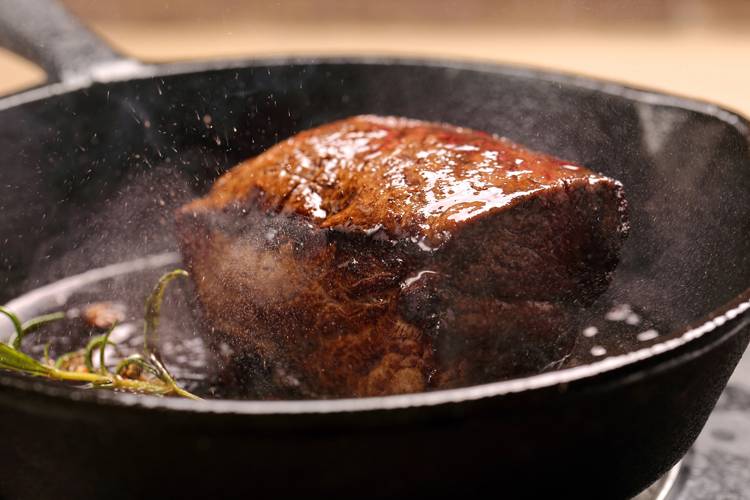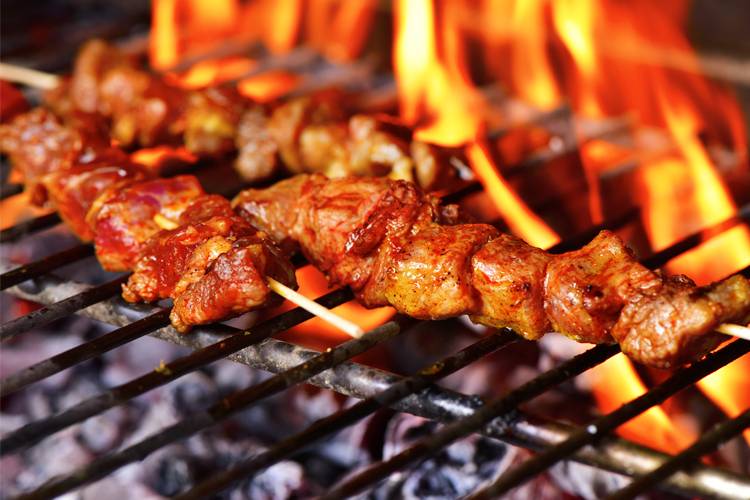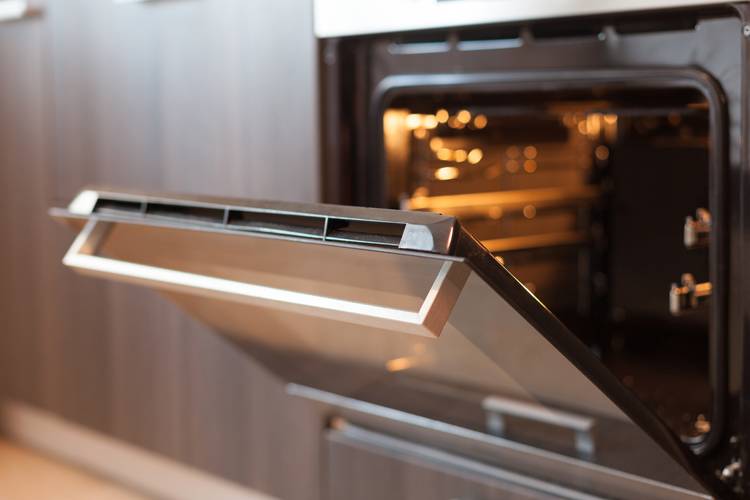What is acrylamide? Tricks for cooking without burning
It is as harmful to leave food half raw as it is to overcook it and have it burned. In the first case, due to the risk of microbial contamination and, in the case of highly cooked foods, due to the possible appearance of acrylamide or, if cooked on a barbecue, benzopyrene. Here are some tips for you.
how to shop
Share

One of the risks of overcooking a food, whether in the pan, oven, casserole or barbecue, is that it will burn or char. This can lead to the formation of toxic substances and, in starchy foods such as bread, potatoes or biscuits, can lead to the formation of acrylamide.
But what is acrylamide? It is a chemical substance that is created naturally in food products containing starch during daily cooking processes at high temperatures (frying, cooking, roasting and during industrial processes at 120ºC and low humidity), according to Aecosan (Spanish Agency for Consumer Affairs, Food Safety and Nutrition).

Before you start cooking
- Frying pans, pots and pans ready. It is important, to avoid scares, that we have our ‘work utensils' in good condition and that they are of good quality, non-stick (Teflon, ceramic...) to prevent the food from sticking and burning.
- Oven, ready. I mean, how many times has a cake burned even though we followed the recipe to the letter? A simple trick is to use sugar, whose melting temperature is 186ºC. Preheat the oven to 180ºC with the tray at medium height and put a spoonful of sugar on a piece of baking paper and leave it for about 15 minutes. If the sugar is still granulated, the oven heats well, but if it has melted, it heats too much.
- Maintain non-stick coating. We must put a thin layer of oil to grease the pots, pans and pans before introducing the food because this will prevent the non-stick coating from burning.
- The cooking times of each recipe are fundamental. Some recipes require that we stir every few minutes to distribute the heat and the bottom doesn’t stick, as in stews or sauces. In addition, we must use wooden or nylon utensils to avoid scratching the bottom.
- Adjust the heat to the size of the frying pan. Because if it is bigger, we run the risk of the sides getting too hot and the food sticking together. The heat intensity should also be lowered once the food is introduced to prevent it from sticking or burning.

How to avoid scares
- At the barbecue, watch out for the flames. In order to prevent food from burning and the formation of substances such as benzopyrene and dibenzo anthracene, which can be harmful to health, we must prevent the flame from reaching the food. It will be enough to control the fire and leave enough distance between the embers and the grill and not lose track of time.
- If we're going to fry, pay attention to the oil. It is recommended to heat the oil gradually. Don't wait for it to smoke because it's a sign that it's burning and, in foods like potatoes or bread, we run the risk of acrylamide if it burns or ´grills´ on the outside and stays raw inside. To avoid this, we must remove any burnt parts of the food, not fry too much at once and make sure that the food is as dry as possible.
- Oven and toaster: brown and roast without burning. In this case, control the time, the temperature and hydrate the food, especially in the case of meats with their own juice, water, wine, etc. and turning it so that it does not dry out. To toast, we must avoid overtime and the appearance of black parts.






